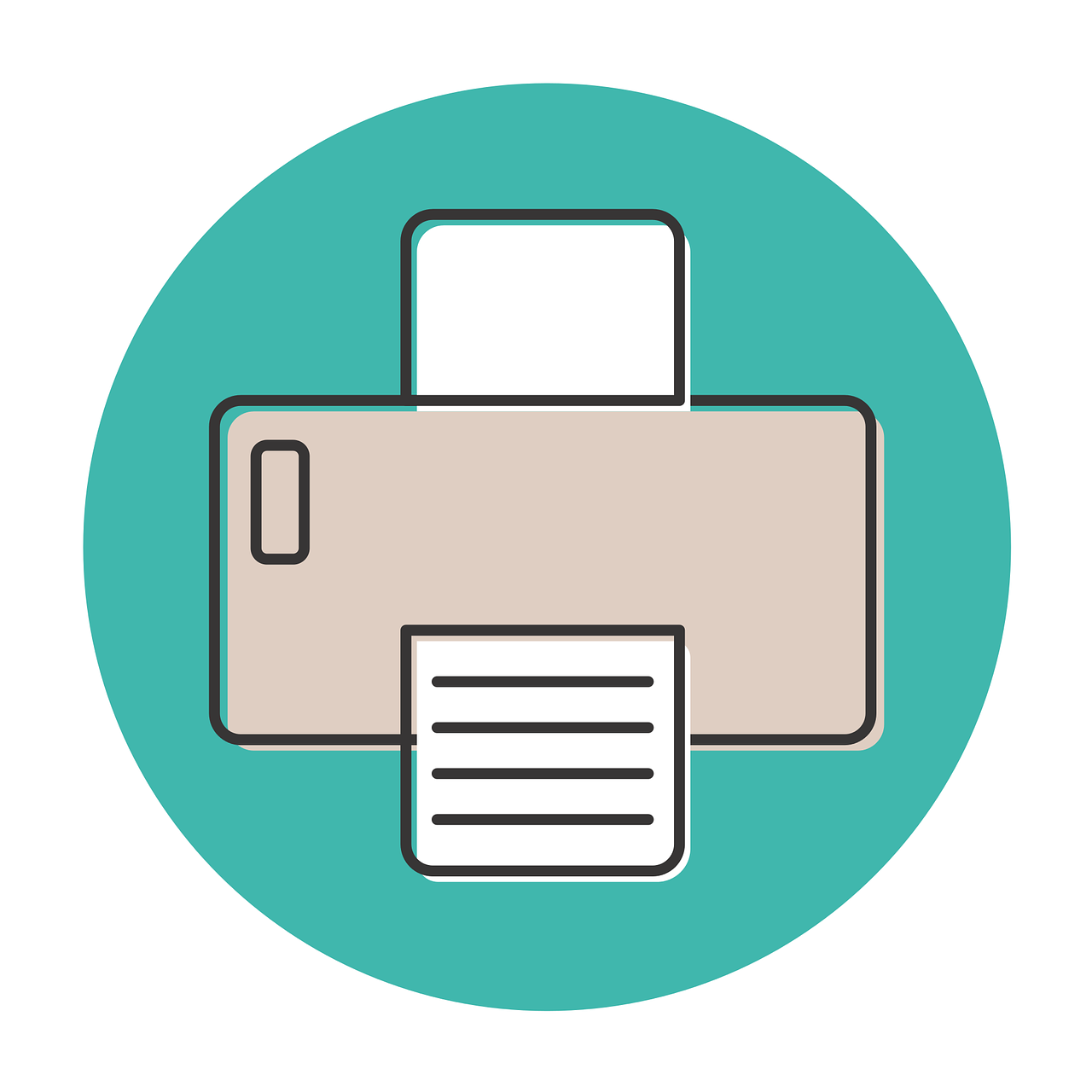Listening to sounds
What will the speech and language therapist do?
The speech and language therapist will listen to and assess a child’s speech to ascertain whether they have difficulties with their phonological awareness.
 To print this page
To print this page
Right click anywhere on the page and select 'print'
The child may require therapy if they are having difficulty with their phonological awareness skills. This therapy may be delivered by a speech and language therapist, a member of their nursery/pre-school/school staff, or by parents.
If the child’s difficulties seem to be resolving then their skills will likely be monitored over a period of time.
If the child’s difficulties are typical for their age, they may be discharged from the speech and language therapy service.
It may be appropriate for the speech and language therapist to refer to another service, such as audiology for a hearing test.
Find out more information at:
What is a phonological awareness difficulty?
Phonological awareness is the awareness of the sound structure of language and the ability to hear, discriminate and identify the units of sounds e.g. words, syllable, rhyme, and phonemes (single sounds). A child who has a phonological awareness difficulty may hear two words as the same if they have difficulty discriminating between the two sounds involved, for example if they have difficulty discriminating between ‘k’ and ‘t’, they may hear ‘key’ and ‘tea’ as the same word.
What causes a phonological awareness?
The cause of a phonological awareness difficulty is not always known. If a child has difficulties with their phonological awareness skills, they are likely to have difficulty producing all speech sounds accurately.
What can I do to help a person with a phonological awareness difficulty?
Provide a good model of speech by speaking slowly and clearly and ensuring the child is looking at you when you are talking
Model accurate speech back to the child and avoid asking them to correct themselves or ‘say it properly’ e.g. child: “dar”, adult: “yes it’s a car”
Model sounds during play e.g. “pop pop pop” (blowing bubbles), “b, b, b” (bouncing a ball), “ssss” (when you see a snake), “brum” (car), “choo choo” (train), “nee naw” (emergency vehicle), “mmmmmm” (when eating), animal noises (books), “woooo” (wind), “shhhhhh” (when putting teddies and dolls to bed), “bang bang” (drum, banging), “weeeeeee” (on a swing, slide)
Clap out syllables of longer words to help your child listen to the sounds e.g. ‘te-le-phone’. Draw your child’s attention to sounds you can hear at the beginning/middle/end of words.
Go on ‘sound hunts’, searching for objects beginning with a specific target sound, e.g. ‘p’. Choose one sound to work on at a time.
Draw attention to sounds in the environment e.g. you could go on a ‘listening walk’, listening out for loud sounds (car horns), quiet sounds (rustling leaves), long sounds (the wind) and short sounds (birds tweeting).
Play sound lotto – matching sounds to pictures (e.g. animals, vehicles).
Collect objects or pictures beginning with a target speech sound e.g. ‘p’. Target a different speech sound each time the activity is done e.g. one week may be ‘p’ then next ‘s’. Ask the child to choose an object from the bag and say what it is. Model the word back to them placing emphasis on the beginning sound e.g. pig. Repeat
